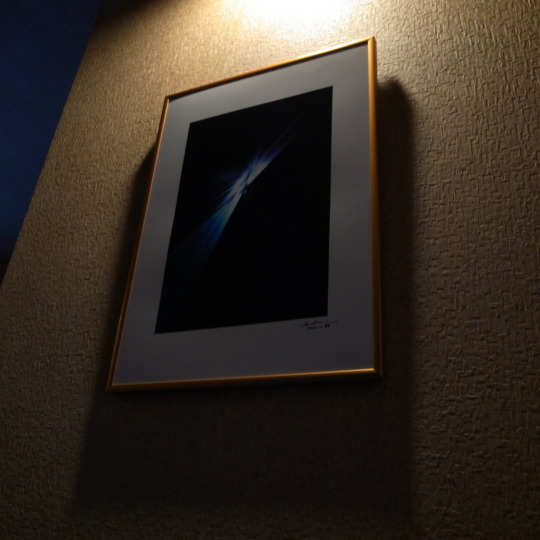Text
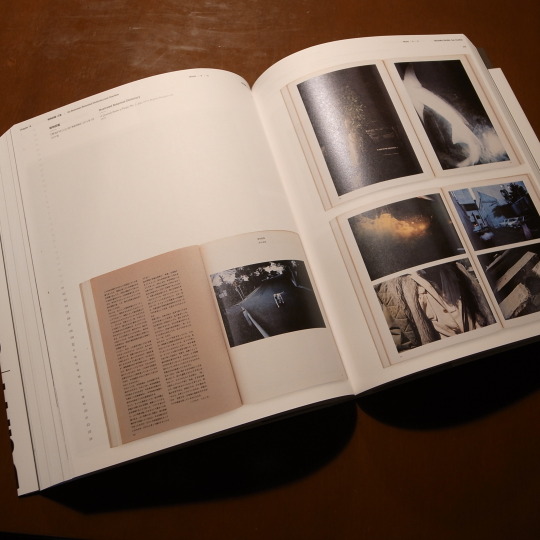
NAKAHIRA TAKUMA: Burn - Overflow [Catalog]
The National Museum of Modern Art, Tokyo and LIVE Art Books All right reserved.
0 notes
Text

Collage & Montage by Joseph Cornell
Kawamura Memorial DIC Museum of Art, 2019
Joseph Cornell (1903-1972) was an artist known for his box works, in which he placed his favorite items he had searched for in used bookstores and general stores in New York in handmade wooden boxes. This book is a catalog created in conjunction with an exhibition held at the DIC Kawamura Memorial Museum of Art in 2019. In addition to the Cornell collection held by the museum, the exhibition brought together about 50 collages and boxes, mainly from domestic museums and private collections, as well as 14 films that are rarely shown.
https://www.nitesha.com/?pid=157711705
0 notes
Text

Timothy Cobb, Christmas Stories Christian Sands
mack avenue, 2023
Pianist/composer Christian Sands' cinematic approach to popular holiday classics takes center stage with Christmas Stories, his first album since his critically acclaimed, GRAMMY-nominated 2020 release Be Water. Having performed in-demand Christmas shows at Jazz at Lincoln Center and around the world, Sands offers such classics as "Let It Snow! Let It Snow! Let It Snow!," "Have Yourself a Merry Little Christmas," "Silent Night," "Jingle Bells," and "God Rest Ye Merry Gentlemen," as well as a few surprises. Joining the NAACP Image Award nominee are vibraphonist Stefon Harris, saxophonist Jimmy Greene, guitarists Max Light and Marvin Sewell, bassist Yasushi Nakamura, percussionist Keita Ogawa, and drummer Ryan Sands. Amazon
0 notes
Text
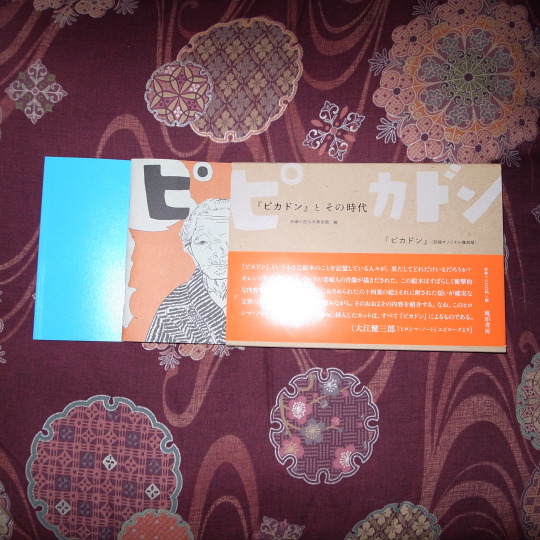
IRI MARUKI & TOSHIKO AKAMATSU, Pika-Don [facsimile edition}
Kohaku shobo. 2023
0 notes
Text

50s Design PostcardBook (including 30 Postcards)
Benedikt Tachen, 1993
0 notes
Text
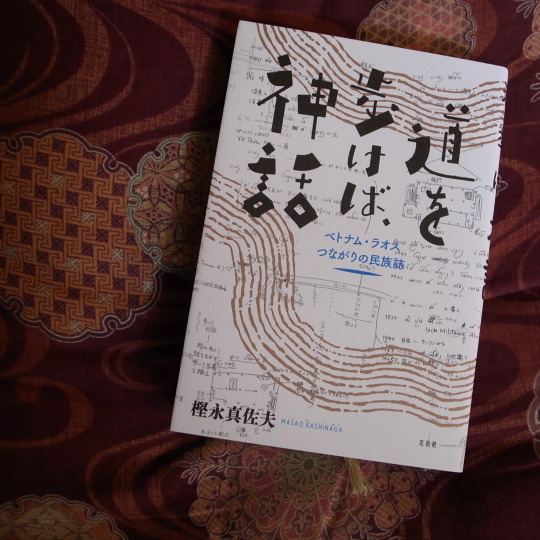
MASAO KASHINAGA, Walk Down, And You Will Meet The Myths [signed]
Cover Design byTamon Yahagi, Sayusha, 2023
0 notes
Text
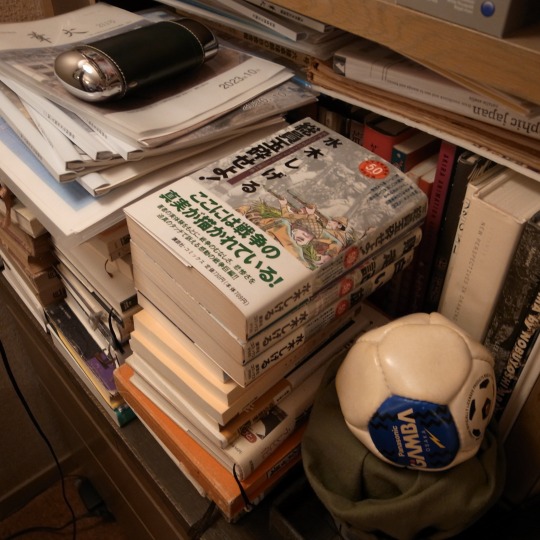
SHIGERU MIZUKI, All Soldiers, Go Banzai Attack
Kodansya Comics, 1991
Overview
Shigeru Mizuki is a Japanese manga artist who is best known for his yōkai (Japanese folklore monsters)-themed manga, especially GeGeGe no Kitarō. Mizuki enjoyed writing about the monsters' histories, which a local woman related to him; however in 1942, at the age of 21, Mizuki was drafted into the Imperial Japanese Army. He was sent to Rabaul, a city on New Britain island in Papua New Guinea, where his comrades died and Mizuki lost his left arm.[7] Based on these experiences, Mizuki wrote Onward Towards Our Noble Deaths, containing "90 percent fact". Fictionalizing himself as private Maruyama, Mizuki tells the story by combining drawings with photographs. Wikipedia
0 notes
Photo
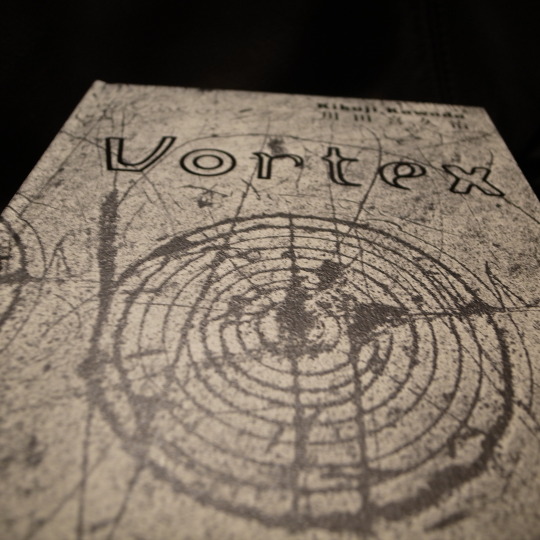
Kikuji Kawada, Vortex [signed]
Akaaka Art Publishing Inc, 2022
On September 5th, 2018, in one of his early Instagram posts, Kikuji Kawada shared a photograph of a poster that read: "Everything was beautiful and nothing hurt."1 This quote, by Kurt Vonnegut, is extracted from his masterpiece Slaughterhouse-Five, praised as "one of the most enduring antiwar novels of all time."2, 3 Vonnegut, an American novelist born of German parents, enlisted in the U.S. Army during World War II, in 1943, when he was 21 years old. Captured by the Germans during the Battle of the Bulge, he was taken as a prisoner of war in Dresden, where he survived the Allied bombing in a meat locker of the slaughterhouse where he was detained. This experience provided the traumatic substance of his novel, but also the somewhat comedic undertone of the style that he came to be known for. His work became an emblem of American post-war counterculture. It seems quite fitting that Kawada would pick Vonnegut's words and make them his own through the prism of social media. He tagged this post with "#kurtvonnegutjr," "#スローターハウス5" and "# なにもかもうつくしく" : "Everything is beautiful." A few hours later, that same day, he posted another photograph: rows of cars in flames in the aftermath of a typhoon, as seen in the news, on a TV screen. The poetic irony of this sequence echoes Vonnegut's quote, and Kawada's entire oeuvre, starting with Chizu (The Map). [...]
Like Vonnegut, Kawada uses his art to sublimate a pain that is profound, and indescribable. In his photographs, everything is beautiful because it hurt. What remains from insane, natural or manmade destruction, is only made beautiful through the eye of the artist that transcends it. Kawada's more recent work, be it "The Last Cosmology", "Los Caprichos" or his latest photographs, published in this book, seems to be a prolongation of this epiphany: as if he needed to go back to this moment, as if it had become an obsession.
In the history of Japanese photography and in the history of photography at large, Kawada stands out. An iconoclast and a self-admitted contrarian, he offers a vision of the world that is personal, spiritual, and elevated. To photo historian Ryuichi Kaneko, he once jokingly told an anecdote about Yukio Mishima's perplexed reaction to Chizu: "I overheard him asking, 'What kind of 'stains' are these? Stains left by what?' I was a bit contrary back then, you know. I said, 'That's for you to imagine, sir'."6
His work is for us all to imagine: Kawada always steered clear of the literal. This may be in part because a literal narrative form would not allow him to express the weight of his experience. Writing about Belgian photographer Anton Kusters's work on the memory of the concentration camps, photography historian Fred Ritchin explained: "The German novelist W. G. Sebald felt that 'the recent history of his country could not be written about directly, could not be approached head-on, as it were, because the enormity of its horrors paralyzed our ability to think about them morally and rationally,' as Mark O'Connell wrote in the The New Yorker on the tenth anniversary of Sebald's death. 'These horrors had to be approached obliquely.'"7
This seems to be Kawada's approach: an oblique way of telling the story, and blending the genres. A tongue-in-cheek approach to the gravity and the seriousness of our condition -the coping mechanism of the traumatized. His existential irreverence is in no small part what draws us into his universe, and what makes him stand out.
Kawada's work could be defined as layered documentary. He explains: "An image taken of the 'present,' whenever that is, is so strong--vivid in hue, aspect, substance--because it's a document. I seek even now to explore new forms for documentary to take. When you layer things in the way we've been discussing, the layers produce meaning, metaphors emerge as you go deeper into the juxtapositions that arise, and the ways of seeing the image multiply."8[...]
With Covid-19, reality started to look more and more like fiction. The masks that Kawada used in his "Los Caprichos" series, his masterful tribute to Goya's eponymous social fables, made over 40 years ago, took a deeper meaning. On October 16th, 17th, and 18th in 2021, he posted a series of photographs that hinted at his eerie prescience. In a personal essay he wrote in 2016, published in Remote Past a Memoir: 1951-1966, Kawada recalled a traumatic brain surgery: "I was desperate to recollect my memories from a mere few hours ago. Being in this dark place had brought more fear upon me than the thought of brain surgery. After a while my memories came back to me in a trembling surge. Suddenly, I saw an array of photographic negatives floating before my eyes. In pursuing these images where light and darkness were reversed, I had found myself lost and unable to distinguish between past and future..."16
This is the emotion that he masterfully channels and makes visible in his photographs: negative turned positive, positive turned negative. His disturbing and ominous images are a place of excavation, of traumas either lived or foreseen. The world they describe - his world, Tokyo - appears like Dante's Inferno, both flooded and in flames. By combining vivid colors that range from burning flames to ice blue, by playing with contrasts and textures, Kawada generates a series of fantasies, a world that is perpetually at war, but still standing. In that same essay, he writes: "It is by no means an overstatement to say that all I can remember from my memories extending across the distant horizon are places of ruin and chaos... The catastrophe of the 100 Suns and the fear of cesium remain still lurking in our future skies. The conversation between father and daughter continues to be repeated like a spell of sorts, 'You know daddy, the world is going to end tomorrow.' 'What, the world will end tomorrow?'" Looking at his photographs,we don't know if we are witnessing the end or the beginning of the world.17
Kawada's vision is that of a man who has confronted death repeatedly and remained on the side of life. It is at once obscured and illuminated. Vonnegut ended the long letter that detailed his wartime experience as a prisoner by saying: "I've too damned much to say."18 In his work, Kawada, too, grapples with the desire to say it all, through photography. [...]
After countless hours spent getting lost in Kawada's Instagram stream of consciousness, being all consumed by it, one feels as if they've had a timeless conversation with a man of outstanding depth, soul, and modernity. Bringing the past into the present, in the immense chaos that we are experiencing, his photographs tell us that he is, and that we are, and that the world is, still very much alive. In all the madness to be seen, through all the dark clouds, Kawada shows us that there is still some light.
Extracted from the text
"Everything was Beautiful and Nothing Hurt On Kikuji Kawada's Illuminating Contemplations"
Pauline Vermare
0 notes
Photo

Chaos, Cai Guo Qiang by Satoshi HayashiSETAGAYA ART MUSEUM, 1994
0 notes
Photo

Andy Warhol Exhibition 1983~1984 Catalogue
GENDAI HANGA CENTER, 1983
http://blog.livedoor.jp/tokinowasuremono/archives/53122965.html?ref=foot_btn_next&id=488951
0 notes
Photo

KATSUHIRO OTOMO, 童夢 (OTOMO THE COMPLETE WORKS),
Kodansya, 2022
OTOMO KATSUHIRO, 童夢 (OTOMO THE COMPLETE WORKS)
Kodansya, 2022The moment it was published in 1983, the historical masterpiece "Domu" literally "innovated manga" by updating the level of existing manga expression at once. For more than 20 years, this work, which has been out of print for more than 60 prints, is now a long-awaited reprint as the first and first distribution title of "Katsuhiro Otomo Complete Works". The image quality is improved by the newly created version from the original image, and the print quality is significantly improved by the carefully selected paper quality. In addition, the door at the time of the phantom serialization, which was not recorded in the book, and the two-color original picture are reproduced and reproduced. In addition, the illustrations that the author had envisioned for the book cover are completely reproduced and recorded in color. At the end of the book, it is a complete specification that also includes commentary by the author himself. The format is a B5 variant size that is one size larger than the conventional book. Winners of the 15th Seiun Award Comic Category and the 4th Japan SF Awards. A monumental work that cannot be avoided when talking about the history of manga is finally coming back!(Amazon)(Amazon)
https://amzn.to/3Hugkmb
0 notes
Photo
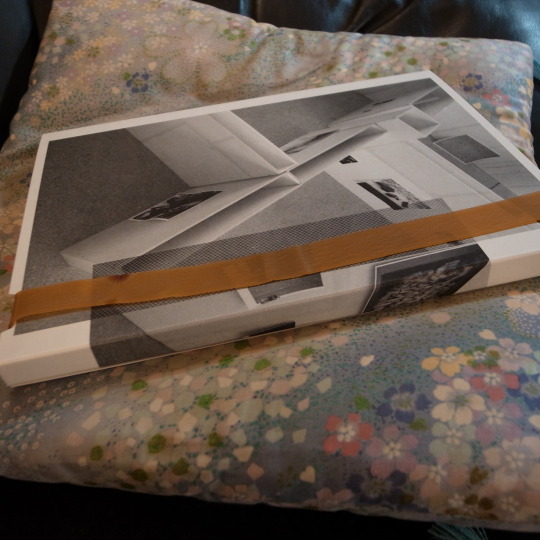
WOLFGANG TILLMANS, Your Body is Yours
The National Museum of Art, Osaka. 2015
本書は2015年7月25日から9月23日まで国立国際美術館で開催された「ヴォルフガング・ティルマンス Your Body is Yours」展に際して出版されました。
--
国立国際美術館ではドイツ出身の写真家ヴォルフガング・ティルマンス(1968- )の大規模な個展を開催いたします。
ティルマンスは、現在はベルリンとロンドンを拠点に国際的に活躍している写真家です。彼を取り巻く環境の日常的な光景をとらえた写真で1990年代初頭から注目を集め、雑誌『i-D』や『Interview』への掲載でもよく知られるようになります。ティルマンスが撮影対象とした特徴的なモチーフには、街頭の若者や身近な友人たちのポートレート、またセクシュアリティーやジェンダーといった今日的なテーマへの問いかけなどがあり、私的な部分と社会的な要素が混在したものが見受けられました。以来、そのときどきの時代の精神を写真によってつかみ取ろうとするティルマンスの姿勢は、不変のものとして見いだすことができます。
また、展示空間を強く意識し、異なるサイズの写真を、額装を施さずにまるでイメージが泳ぐがごとく自由に展示する斬新なインスタレーションは大きな衝撃を与えました。
近年、写真集『Neue Welt』(新しい世界)を発表したティルマンスは、世界各地で発生している事象や、世界を旅する途中に彼の視線がとらえた場面を、イメージの群として露にし、政治経済の問題や技術の進歩という、この地球上で繰り広げられている様々な出来事に対する自身の見解を示すことを試み、新たな展開を見せました。
こうして、2000年には現代美術界で重要な賞の一つ、イギリスのターナー賞を受賞し、本年には偉大な業績を上げた写真家に贈られるハッセルブラッド国際写真賞の受賞も決定するなど、ティルマンスは現代写真表現のフロントランナーとして多大な影響を与え続けています。
本展は、日本の美術館では11年ぶりとなる待望の個展で、当館のみの開催となります。ティルマンス自身がデザインした展示空間において、日本初公開となる新作・近作を多数含んだ写真作品や、昨年ヴェネチア・ビエンナーレ国際建築展で発表され大きな反響をよんだ2台のプロジェクションによる《Book for Architects》といった映像インスタレーションからは、同時代性を意識しながらティルマンスが見つめる、私たちが生きるこの社会の真の姿が浮かび上がることでしょう。− 美術館展覧会説明文より
0 notes
Photo
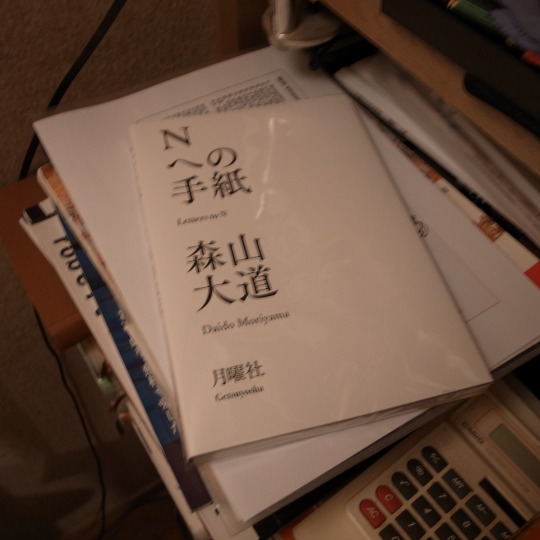
Letters to N, Daido MORIYAMA
Signed
As the title “Letters to N” suggests, this book contains a number of private messages from me to the late Takuma Nakahira, which I want to communicate to him through my photographs.
-After words by Daido Moriyama
0 notes
Photo
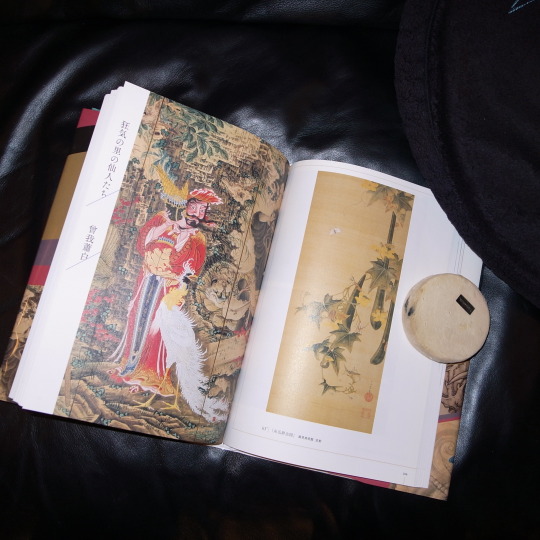
NOBUO TSUJI, The Genealogy of Bizarre Fantasies (Kisō no Keifu)
Syogakukan Inc., 2019
半世紀前に刊行された『奇想の系譜』が、新たに図版を加え、さらに4色で大きく見せられるレイアウトに生まれ変わりました。また、若冲をはじめ江戸の絵師たちに起こった絵画をとりまく状況変化を各章最後に新原稿として追記しています。岩佐又兵衛、狩野山雪、伊藤若冲、曾我簫白、長沢芦雪、歌川国芳。アバンギャルドな絵師たちの江戸絵画を約130点も掲載。江戸絵画ブームの原点となる名著がオールカラー完全版として新登場!(小学館)
https://amzn.to/3qApKEf
0 notes
Photo
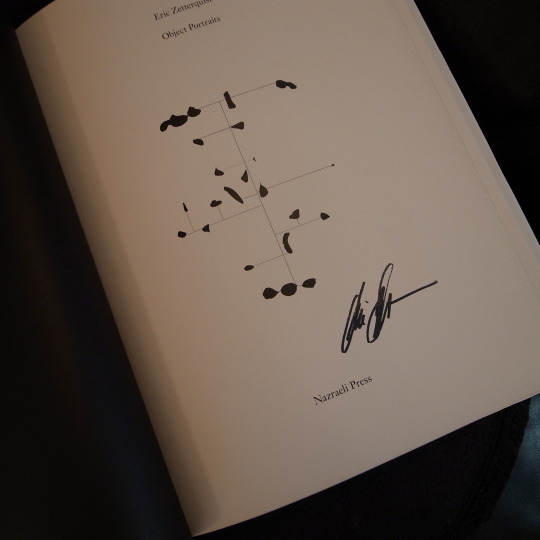
ERIC ZETTERQUIST | Object Portraits
Nazraeli Press, 2019
Hardcover, 8 x 11 inches, 76 pages, 48 plates
Object Portraits is published to coincide with exhibitions of Eric Zetterquist’s photographs at Philadelphia Museum of Art; Southeast Asian Ceramics Museum, Bangkok; and The Museum of Oriental Ceramics, Osaka.
0 notes
Photo
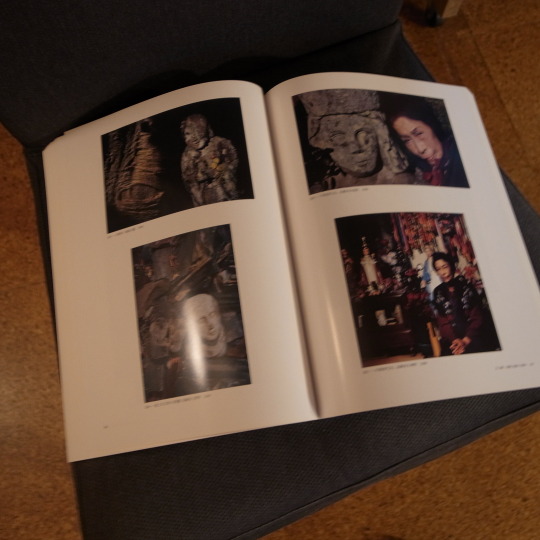
Shomei TOMATSU
TOMATSU SHOMEI: PHOTOGRAPHS
東松照明, 写真家・東松照明 全仕事
名古屋市美術館, 2011
本書は2011年4月23日~6月12日に名古屋市美術館で開催された
「写真家・東松照明 全仕事」の展覧会カタログです。現代日本を代表する写真家・東松照明(1930-)は、従来の報道写真とは異なる手法で戦後の日本を写し出し、日本の“ヌーヴェル・ヴァーグ”として早くから注目されました。代表作<長崎>シリーズや、沖縄の精神性を注視した『太陽の鉛筆』など、東松照明の集大成がこの1冊に収められています。名古屋市美術館
0 notes
